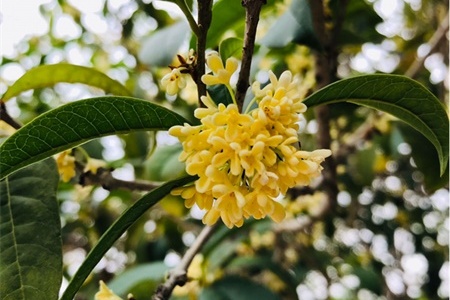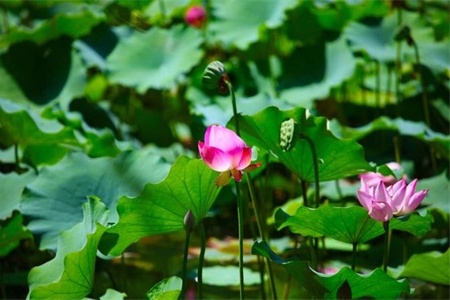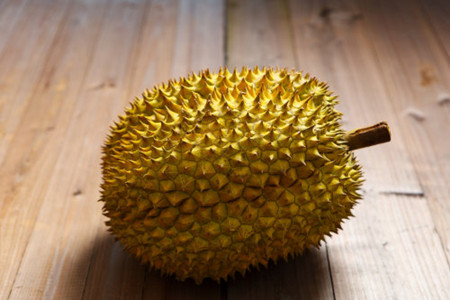Classification of flowers
1. Classification according to ecological habits
According to ecological habits, flowers can be divided into annual or biennial flowers, such as sunflowers; bulb flowers, such as hyacinth; perennial flowers, such as peony; succulent plants, such as cactus; indoor foliage plants, such as bamboo taro; orchids, such as Phalaenopsis; aquatic flowers, such as lotus; woody flowers, such as jasmine.
2. Classification according to plant morphology
According to plant morphological classification, flowers can be divided into herbaceous flowers, including perennial herbaceous flowers and biennial herbaceous flowers, such as chrysanthemum; woody flowers, including trees, shrubs, bamboos, such as sweet-scented osmanthus.

3. Classification according to cultivation type
According to the type of cultivation, flowers can be divided into open-field flowers, such as elm leaf plum, greenhouse potted foliage plants, such as rubber trees, greenhouse potted flowers, such as big rock tree, cut flowers, such as gladiolus, cut leaves, such as asparagus, and dried flowers, such as wheat stalk chrysanthemum.
IV. Classify according to use
Classified by use, flowers can be divided into cut flowers, such as carnation; potted flowers, such as geraniums; and ground plants, such as pansy.
5. According to other categories
In addition to the above classification methods, flowers can also be classified according to water requirements, such as xerophytes, semi-xerophytes, mesophytes, humid plants, aquatic plants; they can be classified according to temperature requirements, such as cold resistance, cool preference, medium temperature, temperature preference and heat tolerance; can be classified according to light requirements, such as positive, neutral, negative or short sunshine, long sunshine, medium-day sex. Can be classified according to ornamental parts, such as flowers, fruits, leaves, stems, fragrance.
Related
- Fuxing push coffee new agricultural production and marketing class: lack of small-scale processing plants
- Jujube rice field leisure farm deep ploughing Yilan for five years to create a space for organic food and play
- Nongyu Farm-A trial of organic papaya for brave women with advanced technology
- Four points for attention in the prevention and control of diseases and insect pests of edible fungi
- How to add nutrient solution to Edible Fungi
- Is there any good way to control edible fungus mites?
- Open Inoculation Technology of Edible Fungi
- Is there any clever way to use fertilizer for edible fungus in winter?
- What agents are used to kill the pathogens of edible fungi in the mushroom shed?
- Rapid drying of Edible Fungi



